Contents
Preface
Part I: The Concept of Culture
1 The Rules of the Social Game
Different Minds but Common Problems
Culture as Mental Programming
Symbols, Heroes, Rituals, and Values
Culture Reproduces Itself
No Group Can Escape Culture
Values and the Moral Circle
Boundaries of the Moral Circle: Religion and Philosophy
Beyond Race and Family
We and They
Ideologies as Group Markers
Layers of Culture
Culture Change: Changing Practices, Stable Values
National Culture Differences
National Identities, Values, and Institutions
What About National Management Cultures?
Cultural Relativism
Culture as a Phoenix
2 Studying Cultural Differences
Measuring Values
Dimensions of National Cultures
Using Correlations
Replications of the IBM Research
Extending the IBM Model: The Chinese Value Survey
Validation of the Country Culture Scores Against Other Measures
Culture Scores and Personality Scores: No Reason for Stereotyping
Other Classifications of National Cultures
A Second Expansion of the Hofstede Dimensional Model: Minkov’s Exploration of the World Values Survey
Cultural Differences According to Region, Ethnicity, Religion, Gender, Generation, and Class
Organizational Cultures
Reading Mental Programs: Suggestions for Researchers
Part II: Dimensions of National Cultures
3 More Equal than Others
Inequality in Society
Measuring the Degree of Inequality in Society: The Power Distance Index
Power Distance Defined
Power Distance in Replication Studies
Power Distance Differences Within Countries: Social Class, Education Level, and Occupation
Measures Associated with Power Distance: The Structure in This and Following Chapters
Power Distance Difference Among Countries: Roots in the Family
Power Distance at School
Power Distance and Health Care
Power Distance in the Workplace
Power Distance and the State
Power Distance and Ideas
Origins of Power Distance Differences
The Future of Power Distance Differences
4 I, We, and They
The Individual and the Collective in Society
Measuring the Degree of Individualism in Society
Individualism and Collectivism in the World Values Survey: Universalism Versus Exclusionism
Individualism and Collectivism in Other Cross-National Studies
Are Individualism and Collectivism One or Two Dimensions?
Collectivism Versus Power Distance
Individualism and Collectivism According to Occupation
Individualism and Collectivism in the Family
Language, Personality, and Behavior in Individualist and Collectivist Cultures
Individualism and Collectivism at School
Individualism and Collectivism in the Workplace
Individualism, Collectivism, and the Internet
Individualism, Collectivism, and the State
Individualism, Collectivism, and Ideas
Origins of Individualism-Collectivism Differences
The Future of Individualism and Collectivism
5 He, She, and (S)he
Assertiveness Versus Modesty
Genders and Gender Roles
Masculinity-Femininity as a Dimension of Societal Culture
Masculinity and Femininity in Other Cross-National Studies
Masculinity Versus Individualism
Are Masculinity and Femininity One or Two Dimensions?
Country Masculinity Scores by Gender and Gender Scores by Age
Masculinity and Femininity According to Occupation
Masculinity and Femininity in the Family
Masculinity and Femininity in Gender Roles and Sex
Masculinity and Femininity in Education
Masculinity and Femininity in Shopping
Masculinity and Femininity in the Workplace
Masculinity, Femininity, and the State
Masculinity, Femininity, and Religion
Origins of Masculinity-Femininity Differences
The Future of Differences in Masculinity and Femininity
6 What Is Different Is Dangerous
The Avoidance of Uncertainty
Measuring the (In)tolerance of Ambiguity in Society: The Uncertainty-Avoidance Index
Uncertainty Avoidance and Anxiety
Uncertainty Avoidance Is Not the Same as Risk Avoidance
Uncertainty Avoidance in Replication Studies: Project GLOBE
Uncertainty Avoidance According to Occupation, Gender, and Age
Uncertainty Avoidance in the Family
Uncertainty Avoidance, Health, and (Un)happiness
Uncertainty Avoidance at School
Uncertainty Avoidance in Shopping
Uncertainty Avoidance in the Workplace
Uncertainty Avoidance, Masculinity, and Motivation
Uncertainty Avoidance, the Citizen, and the State
Uncertainty Avoidance and Corruption
Uncertainty Avoidance, Xenophobia, and Nationalism
Uncertainty Avoidance, Religion, and Ideas
Origins of Uncertainty-Avoidance Differences
The Future of Uncertainty-Avoidance Differences
7 Yesterday, Now, or Later?
National Values and the Teachings of Confucius
Implications of LTO-CVS Differences for Family Life
Implications of LTO-CVS Differences for Business
Implications of LTO-CVS Differences for Ways of Thinking
Long-Term Orientation Scores Based on World Values Survey Data
Long-Term Orientation and the GLOBE Dimensions
Long- and Short-Term Orientation, Family Relations, and School Results
Long- and Short-Term Orientation and Economic Growth
Economic Growth and Politics
Fundamentalisms as Short-Term Orientation
Short-Term Orientation in Africa
The Future of Long- and Short-Term Orientation
8 Light or Dark?
The Nature of Subjective Well-Being
Subjective Well-Being and the World Values Survey
Indulgence Versus Restraint as a Societal Dimension
Indulgence Versus Restraint and Subjective Well-Being in Other Cross-National Studies
Indulgence Versus Restraint, Subjective Health, Optimism, and Birthrates
Indulgence Versus Restraint, Importance of Friends, and Consumer Attitudes
Indulgence Versus Restraint and Sexual Relationships
Indulgence Versus Restraint in the Workplace
Indulgence Versus Restraint and the State
Origins of Societal Differences in Indulgence Versus Restraint
Part III: Cultures in Organizations
9 Pyramids, Machines, Markets, and Families: Organizing Across Nations
Implicit Models of Organizations
Management Professors Are Human
Culture and Organizational Structure: Elaborating on Mintzberg
Planning, Control, and Accounting
Corporate Governance and Business Goals
Motivation Theories and Practices
Leadership, Decision Making, and Empowerment
Performance Appraisal and Management by Objectives
Management Training and Organization Development
Conclusion: Nationality Defines Organizational Rationality
10 The Elephant and the Stork: Organizational Cultures
The Organizational Culture Craze
Differences Between Organizational and National Cultures: The IRIC Project
Qualitative and Quantitative Approaches in the IRIC Project
Results of the In-Depth Interviews: The SAS Case
Results of the Survey: Six Dimensions of Organizational Cultures
The Scope for Competitive Advantages in Cultural Matters
Organizational Culture and Other Organizational Characteristics
Organizational Subcultures
Individual Perceptions of Organizational Cultures
Gardens, Bouquets, and Flowers of Social Science
Occupational Cultures
Conclusions from the IRIC Research Project: Dimensions Versus Gestalts
Managing (with) Organizational Culture
Part IV: Implications
11 Intercultural Encounters
Intended Versus Unintended Intercultural Conflict
Culture Shock and Acculturation
Ethnocentrism and Xenophilia
Group Encounters: Auto- and Heterostereotypes
Language and Humor
The Influence of Communication Technologies
Intercultural Encounters in Tourism
Intercultural Encounters in Schools
Minorities, Migrants, and Refugees
Intercultural Negotiations
Multinational Business Organizations
Coordinating Multinationals: Structure Should Follow Culture
Expanding Multinationals: International Mergers and Other Ventures
International Marketing, Advertising, and Consumer Behavior
International Politics and International Organizations
Economic Development, Nondevelopment, and Development Cooperation
Learning Intercultural Communication
Educating for Intercultural Understanding: Suggestions for Parents
Spreading Multicultural Understanding: The Role of the Media
Global Challenges Call for Intercultural Cooperation
12 The Evolution of Cultures
A Time-Machine Journey Through History
Five Million to One Million Years Ago: Lonely Planet
One Million to Forty Thousand Years Ago: Ice and Fire
Forty Thousand to Ten Thousand Years Ago: Creative Spark, Extermination
Twelve Thousand to Seven Thousand Five Hundred Years Ago: Villages and Agriculture
Seven Thousand Five Hundred Years Ago Until Now: Large-Scale Civilizations
Sources of Cultural Diversity and Change
The End of History? No!
The Essence of Evolution
Evolution: More than Genes
Evolution Beyond Selflshness: Groups over Individuals
Individuals and Institutions in the Stream of Life
Evolution at Work Today
The Future of Culture
Notes
Glossary
Bibliography
Name Index
A
B
C
D
E
F
G
H
I
J
K
L
M
N
O
P
Q
R
S
T
V
W
Subject Index
A
B
C
D
E
F
G
H
I
J
K
L
M
N
O
P
Q
R
S
T
U
V
W
X
Z
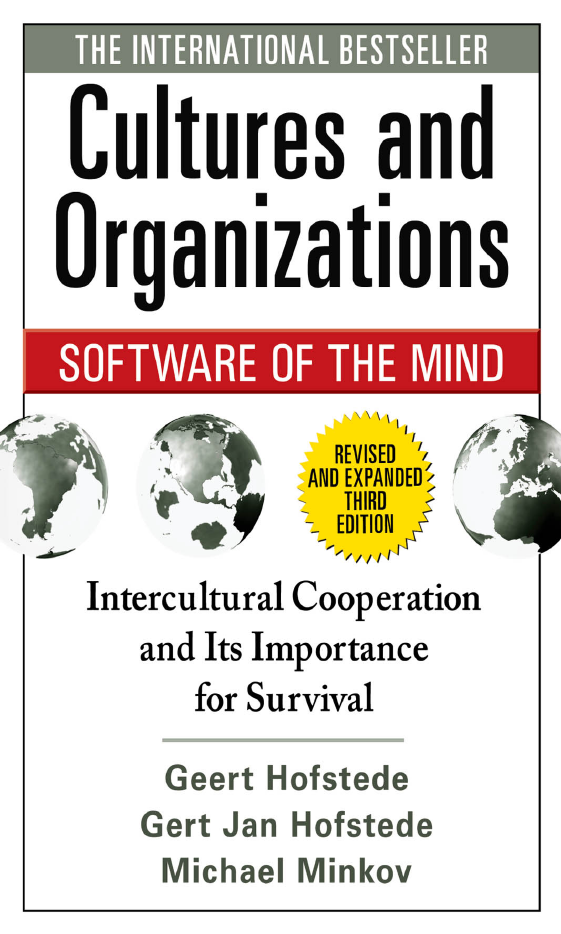
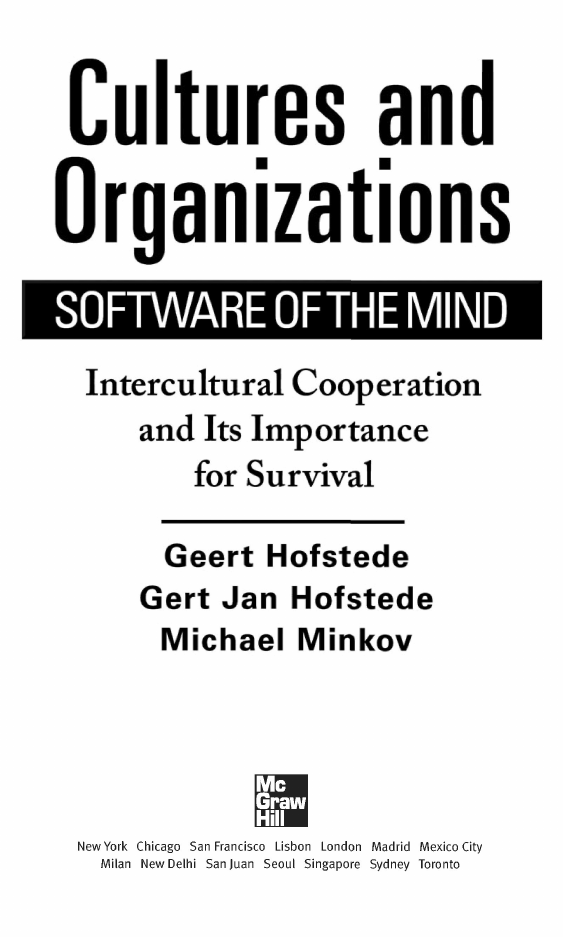
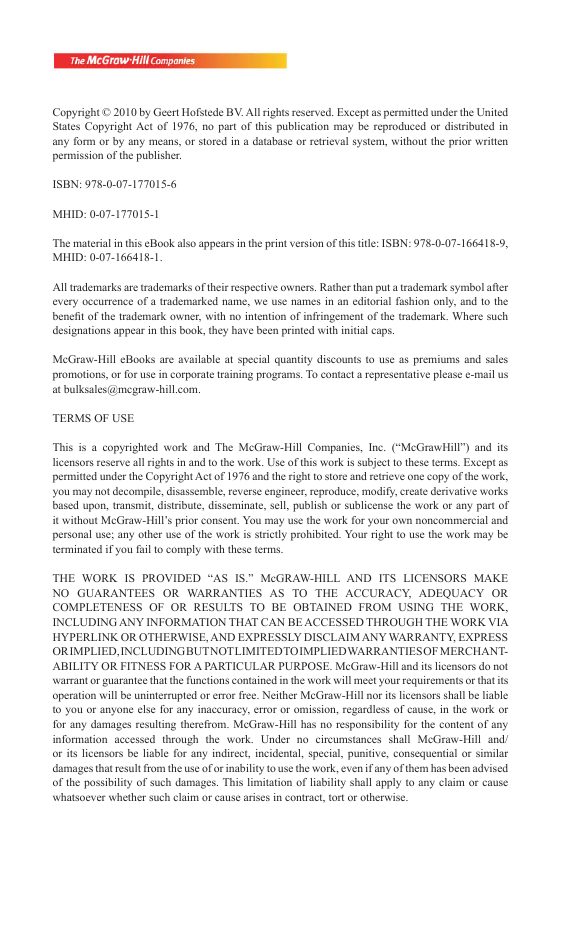

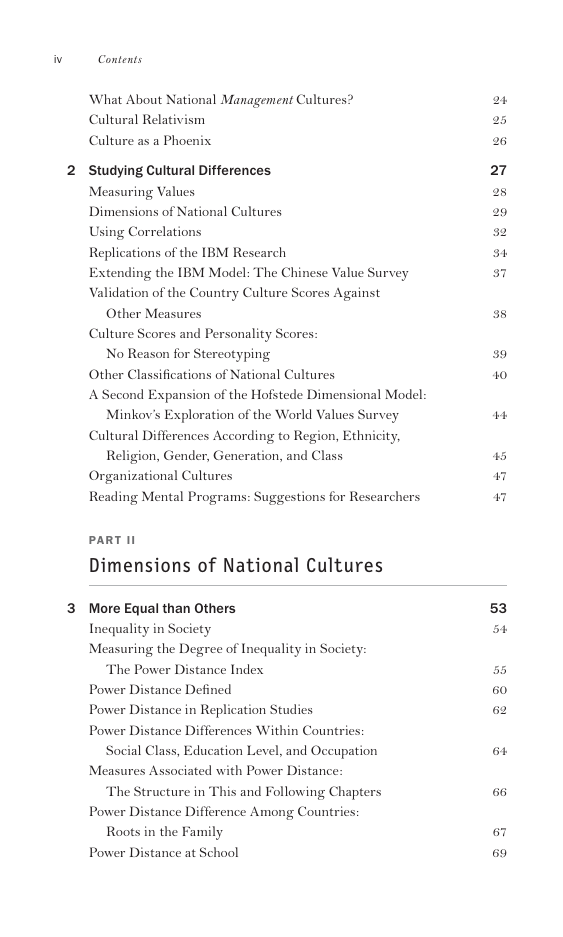
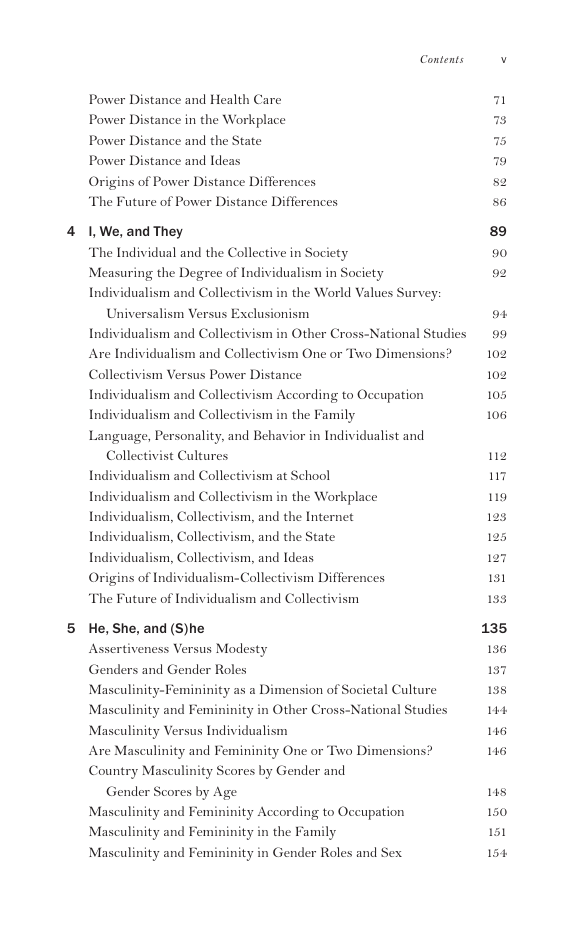










 2023年江西萍乡中考道德与法治真题及答案.doc
2023年江西萍乡中考道德与法治真题及答案.doc 2012年重庆南川中考生物真题及答案.doc
2012年重庆南川中考生物真题及答案.doc 2013年江西师范大学地理学综合及文艺理论基础考研真题.doc
2013年江西师范大学地理学综合及文艺理论基础考研真题.doc 2020年四川甘孜小升初语文真题及答案I卷.doc
2020年四川甘孜小升初语文真题及答案I卷.doc 2020年注册岩土工程师专业基础考试真题及答案.doc
2020年注册岩土工程师专业基础考试真题及答案.doc 2023-2024学年福建省厦门市九年级上学期数学月考试题及答案.doc
2023-2024学年福建省厦门市九年级上学期数学月考试题及答案.doc 2021-2022学年辽宁省沈阳市大东区九年级上学期语文期末试题及答案.doc
2021-2022学年辽宁省沈阳市大东区九年级上学期语文期末试题及答案.doc 2022-2023学年北京东城区初三第一学期物理期末试卷及答案.doc
2022-2023学年北京东城区初三第一学期物理期末试卷及答案.doc 2018上半年江西教师资格初中地理学科知识与教学能力真题及答案.doc
2018上半年江西教师资格初中地理学科知识与教学能力真题及答案.doc 2012年河北国家公务员申论考试真题及答案-省级.doc
2012年河北国家公务员申论考试真题及答案-省级.doc 2020-2021学年江苏省扬州市江都区邵樊片九年级上学期数学第一次质量检测试题及答案.doc
2020-2021学年江苏省扬州市江都区邵樊片九年级上学期数学第一次质量检测试题及答案.doc 2022下半年黑龙江教师资格证中学综合素质真题及答案.doc
2022下半年黑龙江教师资格证中学综合素质真题及答案.doc